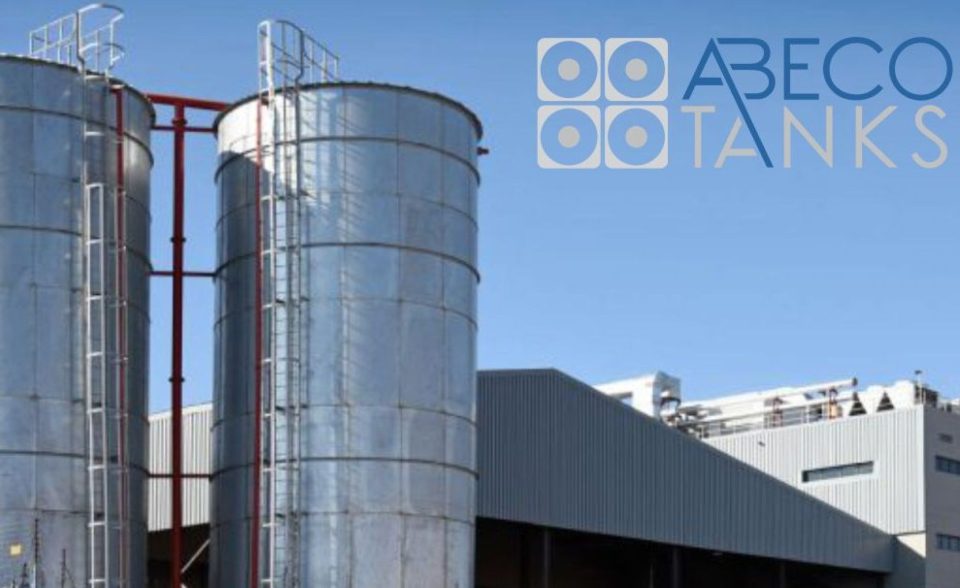FOOD SECURITY has been a global concern for some time now, with about a tenth of the world’s population suffering from acute hunger.
The figures, and the footage that flash across our screens, is heart wrenching but lurking behind them lies another closely related threat – that of water insecurity.
Unknown to most, the agricultural sector is by far the largest consumer of water, needing about 70% of freshwater to survive but supplies are dwindling fast. Thanks to climate change, more parts of the world, including the likes of South Africa, are experiencing prolonged droughts and less predictable access to water.
On the flip side, global meat production has almost doubled since 1980, and we know that requires about twenty times more water than the production of cereals, vegetables, or fruits. Added to this is a world population keeps increasing, which in turn increases the demand for meat, fresh fruits, vegetables, and off course clean water.
“Consumers, especially those in developing countries, are the first to be hit by a crisis of any kind, but the scale and magnitude of water insecurity, and the corresponding effects to hunger and poverty is likely to be colossal,” warns Mannie Ramos Jnr, a champion of water as the most important currency in Africa and the COO of Abeco.
The dichotomy is definitely disturbing but there is light at the end of the tunnel. Some countries have already started to adopt new irrigation technologies to help save water that would otherwise evaporate, divert water that would otherwise be used downstream, and induce increased water use by improving the profitability of irrigation.
As a pioneer in water storage solutions, Abeco have been working hard to do their bit, considerably increasing water productivity in the agriculture sector by storing plenty more green and blue water.
According to Ramos, storing water in tanks for agricultural purposes is not new, nor is it an option but simply a necessity. As previous water crises in South Africa have shown us, the need to plan and track water consumption and save for continuity of service is essential. Water storage is almost an insurance plan, safeguarding, farmers, retailers, and everyday consumers from the risks of potential water interruption.
“Water is not only essential for agriculture but can also improve a farmer’s ability to grow food, raise livestock and produce cash crops. Hens especially detest changes to their routine and a sudden interruption to their daily water consumption can stop them laying eggs for up to two weeks, which can be devastating for an egg farmer,” explains Ramos.
Although rainfall in South Africa has always been unpredictable, by using a combination of rainwater harvesting and innovative water storage solutions, farmers can benefit from year-round supply and reduce their reliance on other water sources.
Innovative reverse osmosis, UV systems, fine filters and agitator systems ensures that the water storage tanks are clean and safe to re-use when cleaning machinery or feeding livestock.
These water saving interventions can be costly for sure but the return on investment is a small price to pay, in comparison to the potentially devastating effects of doing nothing.
“More research and investment into these technology solutions needs to be a high priority for every agricultural industry or the gap between demand for water, and the supply thereof will continue to widen, ultimately affecting food security,” he adds.
With the right water policies, the world can successfully meet the challenges posed by increasing water scarcity, not only improving water and food security, but also making a large dent in the 4.7 billion people currently at risk of hunger.
Abeco is already encouraging positive action, working with some of South Africa’s biggest companies like Jumbo Brands, Nestle, Tiger Brands, RCL Foods, Spar and Distell to ensure long term food and water security in South Africa.
It is a monumental task for sure, but the risk of not doing anything is far worse, effectively thwarting the United Nations Sustainable Development goal of ending global hunger by 2030. Instead, an estimated 530 million people will be at immediate risk of hunger by 2050, including 155 million in sub-Saharan Africa and 140 million in South Asia.
“Water insecurity could also affect nutritional quality, which is a subcategory of food insecurity. Without water to cook healthier foods like grains and beans, people are left with no option than to rely on unhealthy, and often more expensive ready-to-eat processed foods,” warns Ramos.
The case for improved water supply and sanitation and better management of water resources is unambiguous in its significance.
Not only can it boost the economic growth of a country but more importantly, it can contribute greatly to reducing hunger and poverty.
And it simply starts with a water storage tank!

